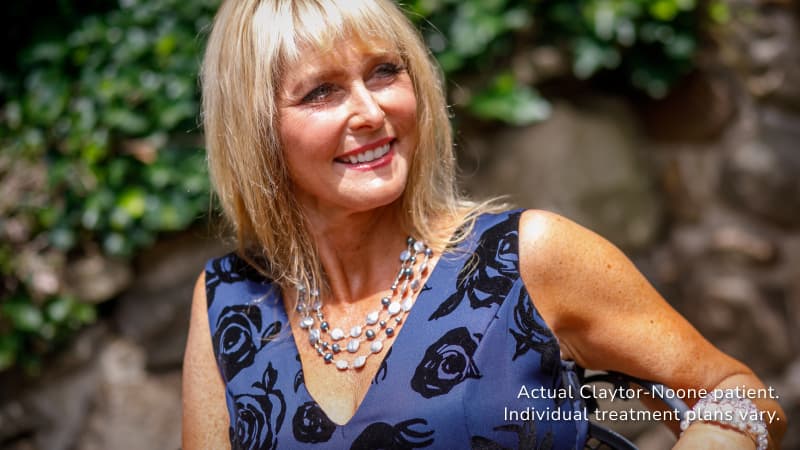Facial Fat Grafting (Autologous Fat Grafting)
What is facial fat grafting (fat transfer)?
Also called “fat grafting” and “autologous fat transfer,” fat transplantation involves removing a portion of a person’s excess body fat with liposuction and injecting it into another area of his or her body that needs more volume.
What does facial fat grafting correct?
When used for the face, it can restore lost volume in the lips, temples, cheeks and chin. Fat transplantation is effective in treating sunken areas, lines, wrinkles, creases, acne scars and other issues caused by the decrease in volume that results from aging, sun damage and other conditions.
Dr. R. Brannon Claytor
Dr. Claytor is board certified by the American Board of Plastic Surgery and holds over 20 years of experience as a cosmetic plastic surgeon. An innovator and teacher in the field of plastic surgery, he uses advanced techniques like the drain-free tummy tuck and deep plane facelift to streamline recovery and provide natural-looking, durable results.
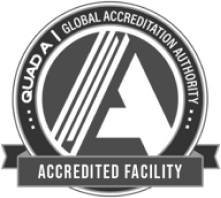
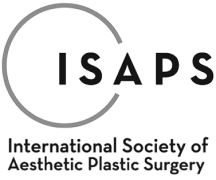
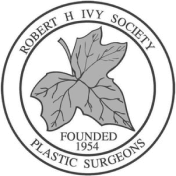
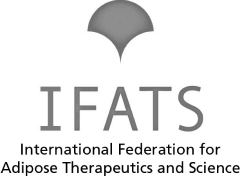
The difference between fat grafting and liposuction
Liposuction is used to remove the fat, which often comes from an area that the patient wants contoured; the abdomen, buttocks and thighs are often donor sites. The fat is then processed and purified before being injected. Both the injection site and the liposuctioned area are numbed with local anesthesia prior to treatment.
Unlike with other fillers and volume-enhancing treatments, because fat is taken from the patient’s own body, there is no risk of allergic reaction or rejection.
- Key Benefits
- Glossary
- Restore lost facial volume and rejuvenate the appearance by utilizing the patient’s own fat cells, providing natural and long-lasting results.
- Improve facial contours, filling in hollow areas like under the eyes or in the cheeks for a more youthful and refreshed look.
- Minimally invasive, reducing the risk of allergic reactions or complications often associated with synthetic fillers.
- Correct asymmetry and enhance facial harmony by precisely sculpting the fat placement.
- Offers the added benefit of liposuction in the donor area, enabling body contouring in conjunction with facial enhancement.
Adipose Tissue: Fat tissue that can be harvested for grafting.
Autologous Fat Transfer (AFT): Another term for facial fat grafting, using the patient’s own fat to enhance facial volume.
Cannula: A thin tube used to remove or inject fat.
Centrifugation: The process of spinning harvested fat to separate and purify it.
Fat Harvesting: Collecting fat from one area of the body for use in another area.
Liposuction: The surgical procedure used to harvest fat from the body.
Microcannula: A smaller, thinner version of a cannula, used for precision during the procedure.
Nanofat: Fat that is mechanically emulsified to treat fine lines, wrinkles, and thinning skin.
Reabsorption: The process by which some of the transferred fat is naturally eliminated from the body.
Subcutaneous Layer: The layer of fat and tissue located beneath the skin.
Tumescent Solution: A solution used to facilitate liposuction and minimize bleeding.
Volume Loss: A term describing the reduction of fat in certain facial areas, often leading to an aged appearance.
Fat Grafting Survival Rate: Refers to the percentage of transferred fat that remains after the procedure.
Facial Contouring: The process of altering the structure of the face through surgical or non-surgical procedures.
Rhytidectomy: The technical term for a facelift, a surgical procedure that improves visible signs of aging in the face and neck.
Are there any side effects after facial fat grafting?
After fat transplantation, most patients experience mild swelling and bruising.
Combining procedures for complete facial rejuvenation
Fat transfer + deep plane facelift
A deep plane facelift expert, Dr. Claytor can combine facial fat transfer with a facelift for volume restoration that results in more comprehensive rejuvenation.
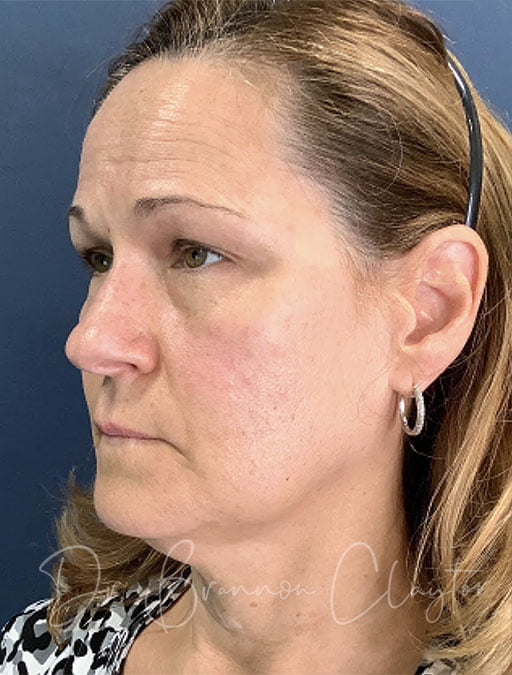
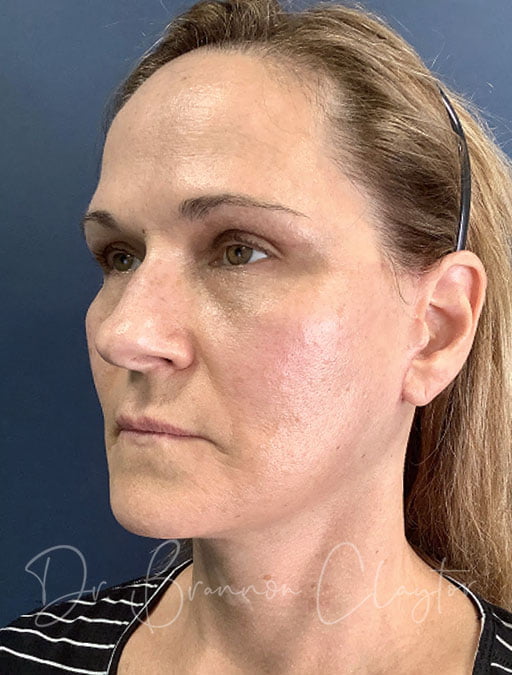
This 55 year old patient wanted to address skin laxity & facial descent. She is shown here 2 months post-op from a deep plane facelift, open necklift, and fat grafting to the face.
*Individual results may vary.
Fat transfer + Dr. Claytor’s LaMiNa procedure for skin texture and tone
Dr. Claytor has pioneered an innovative facial rejuvenation procedure called LaMiNa (Laser + Microneedling + Nanofat), also referred to as Biologics + CO2 Laser Skin Tightening (BLT) treatment. The technique combines the effects of CO2 laser treatment, microneedling, and nanofat application to significantly improve aesthetic outcomes without extending recovery times. LaMiNa is minimally invasive and significantly improves the appearance of lines and wrinkles while also tightening the skin. Learn more about LaMiNa here »
Why choose Dr. Claytor for your plastic surgeon?
Double Board-Certified for a high level of safety and precision
Chief of Plastic Surgery at Main Line Health, a top health system
Board Member of The Aesthetic Society, shaping the future of aesthetics
8x Philadelphia Magazine Top Doctor for exceptional patient care
Recognized as one of America’s Best Plastic Surgeons by Newsweek
Drain-free recovery expert for faster, more comfortable healing
Deep plane facelift innovator and global educator
Active researcher in surgical and non-surgical aesthetic advancements
Highly regarded for his surgical expertise and outcomes, as well as his dedicated follow-up care



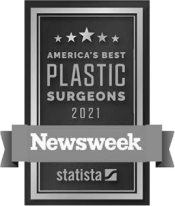
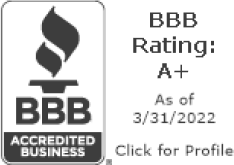
If you are interested in facial fat grafting and would like to see if you are a good candidate, contact our Bryn Mawr office at (610) 527-4833 to schedule a consultation.
References »
Crowley JS, Kream E, Fabi S, Cohen SR. Facial Rejuvenation With Fat Grafting and Fillers. Aesthetic Surgery Journal. 2021 May 18;41(Suppl 1):S31-S38. doi: 10.1093/asj/sjab014.
Nemir S, Hanson SE, Chu CK. Surgical Decision Making in Autologous Fat Grafting: An Evidence-Based Review of Techniques to Maximize Fat Survival. Aesthetic Surgery Journal. 2021 May 18;41(Suppl 1):S3-S15. doi: 10.1093/asj/sjab080.
Hanson SE. The Future of Fat Grafting. Aesthetic Surgery Journal. 2021 May 18;41(Suppl 1):S69-S74. doi: 10.1093/asj/sjab130.
Dayal A, Bhatia A, Hsu JT. Fat grafting in aesthetics. Clinics in Dermatology. 2022 Jan-Feb;40(1):35-44. doi: 10.1016/j.clindermatol.2021.08.010.
Claytor RB, Sheck C, Jones I, Quigley R. LaMiNa: A Creative Synergistic Approach to Facial Rejuvenation. Aesthetic Surgery Journal Open Forum. 2023 Mar 27;5:ojad028. doi: 10.1093/asjof/ojad028.
Refer a Friend, Earn Rewards
Earn credits each time you refer a friend to Claytor Noone Plastic Surgery: $250 toward surgery, or $25 toward med spa procedures!* It’s the easiest way to save on your next treatment or procedure with us.
Ask us how to get started!
*Savings for surgical procedures are applied after the procedure has been performed.
Areas Served:

Medically reviewed by Dr. R. Brannon Claytor — Updated on Jul 8, 2025

